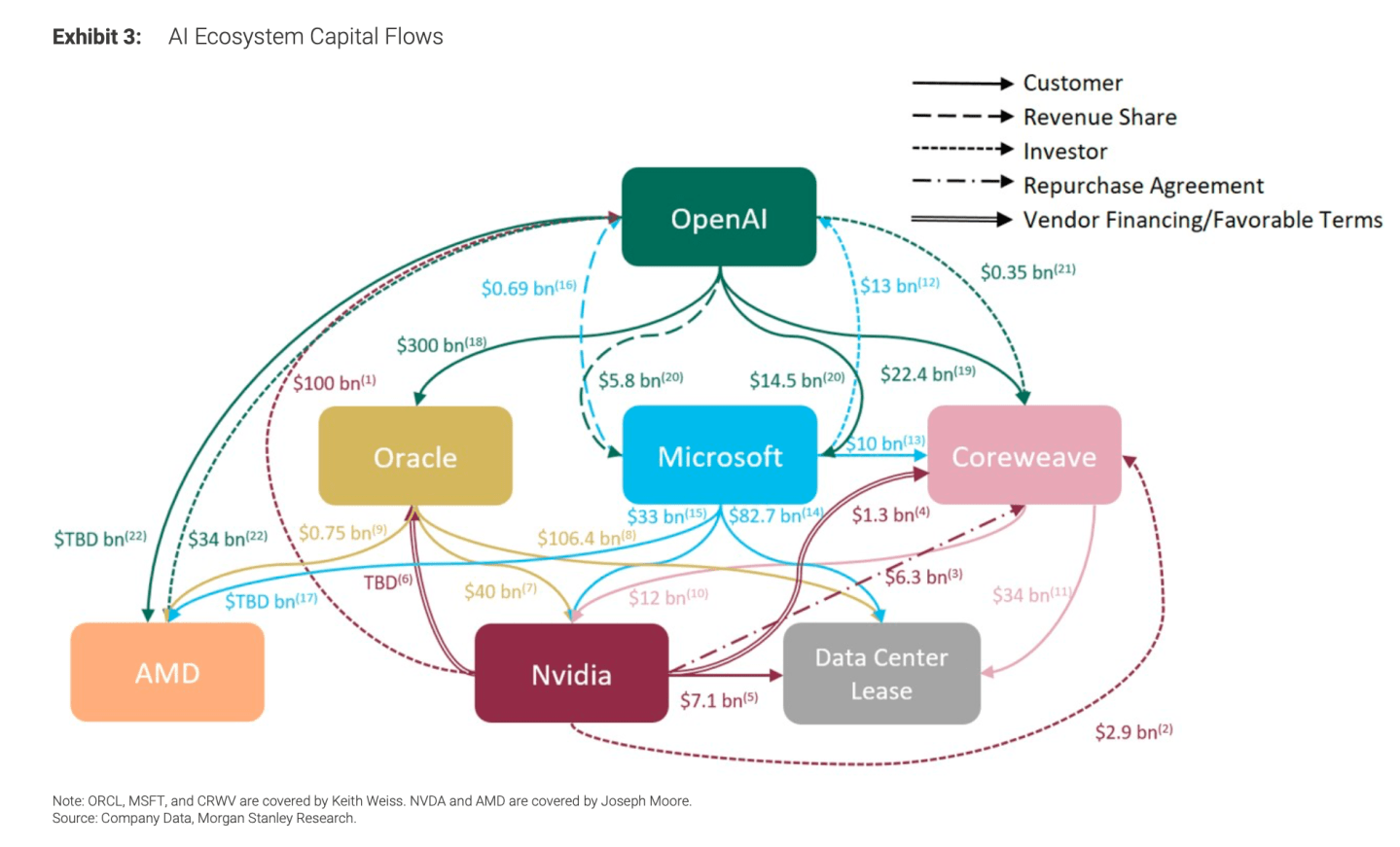In a financial landscape where traditional fixed-income assets struggle to keep pace with inflation and rising interest rates, Wells Fargo’s recent preferred stock dividend declaration has emerged as a compelling case study for income-focused investors. The bank’s August 2025 announcement—spanning six series of preferred stock with yields ranging from 4.25% to 7.50%—underscores its disciplined capital allocation strategy and reinforces its position as a key player in the low-yield environment. For investors seeking stable, high-yield returns, this move offers both opportunity and caution, demanding a nuanced understanding of risk-adjusted returns and macroeconomic dynamics.
Capital Allocation Discipline: Balancing Returns and Stability
Wells Fargo’s declaration of quarterly dividends on preferred stock series such as Series L (WFCPrL) and Series Y (WFCPrY) reflects a strategic balance between rewarding shareholders and maintaining financial resilience. The 7.50% annual dividend on Series L, currently yielding 6.15% at $1,220 per share, highlights the bank’s ability to offer competitive returns while retaining a CET1 capital ratio of 11.1%—a buffer that exceeds regulatory requirements and signals robust financial health. This ratio, combined with Q1 2025 capital returns of $4.8 billion, demonstrates Wells Fargo’s commitment to distributing profits without compromising its ability to withstand economic shocks.
The non-cumulative nature of these preferred dividends, however, introduces a critical caveat. Unlike cumulative preferred shares, missed dividends on these series cannot be reclaimed, exposing income-dependent investors to potential gaps in cash flow. While Wells Fargo’s strong credit profile and low net loan charge-offs (45 basis points in Q1 2025) suggest a low probability of suspension, the structure inherently prioritizes flexibility for the issuer over certainty for investors. This dynamic is particularly relevant in a macroeconomic environment marked by geopolitical uncertainties and tightening monetary policy.
Risk-Adjusted Returns: Navigating Interest Rate Sensitivity
The preferred stock market’s inverse relationship with interest rates adds another layer of complexity. For instance, Series Y (WFCPrY), trading at a 3.8% discount to its $25 liquidation preference, offers a 5.85% yield but faces downward pressure if Treasury yields continue to rise. A 100-basis-point increase in rates could push its price below $23, compounding capital losses for short-term holders. This sensitivity is amplified by the perpetual nature of these instruments, which lack a redemption date and remain exposed to long-term rate expectations.
For income-focused investors, the trade-off between yield and rate risk must be carefully evaluated. While Wells Fargo’s preferred stocks offer higher returns than investment-grade corporate bonds, their liquidity constraints—evidenced by wide bid-ask spreads and low trading volumes—further complicate exit strategies. These factors suggest that preferred stocks like WFCPrL and WFCPrY are best suited for long-term, diversified portfolios rather than speculative or short-term trades.
Strategic Implications for Income Investors
In a low-yield environment, Wells Fargo’s preferred stock dividends present a unique value proposition. The tax efficiency of these instruments—particularly for Series Y, which qualifies for the lower capital gains tax rate on qualified dividends—enhances their appeal in taxable accounts. However, this benefit must be weighed against structural risks. For example, the 7.50% yield on Series L, while attractive, is tied to a conversion feature that currently offers limited upside due to WFC’s subdued common stock performance.
Investors should also consider the broader capital allocation context. Wells Fargo’s 2025 strategy emphasizes quality assets, AI-driven growth, and international diversification, all of which support its ability to sustain capital returns. Yet, the bank’s exposure to sectors like Commercial Banking and Corporate & Investment Banking—segments sensitive to interest rate fluctuations and regulatory shifts—introduces sector-specific risks that could indirectly impact preferred dividend sustainability.
Conclusion: A Cautious Optimism
Wells Fargo’s preferred stock dividend declaration is a testament to its capital allocation discipline and financial stability. For income-focused investors, the move offers access to high-yield opportunities in a market starved of alternatives. However, the non-cumulative structure, perpetual nature, and interest rate sensitivity of these instruments necessitate a cautious approach.
Investment Advice:
1. Diversify Holdings: Allocate preferred stocks like WFCPrL and WFCPrY as a small portion of a broader income portfolio, balancing them with high-quality bonds and equities.
2. Assess Time Horizons: Prioritize long-term holding strategies to mitigate rate sensitivity and liquidity constraints.
3. Monitor Macroeconomic Signals: Track Federal Reserve policy and Treasury yield trends to anticipate valuation shifts in preferred stocks.
In a world where yield is scarce, Wells Fargo’s preferred stock dividends provide a strategic edge—but only for investors who approach them with a clear understanding of the risks and rewards. As the bank navigates a complex macroeconomic landscape, its capital allocation discipline will remain a critical factor in determining the sustainability of these returns.
Source: ainvest.com







